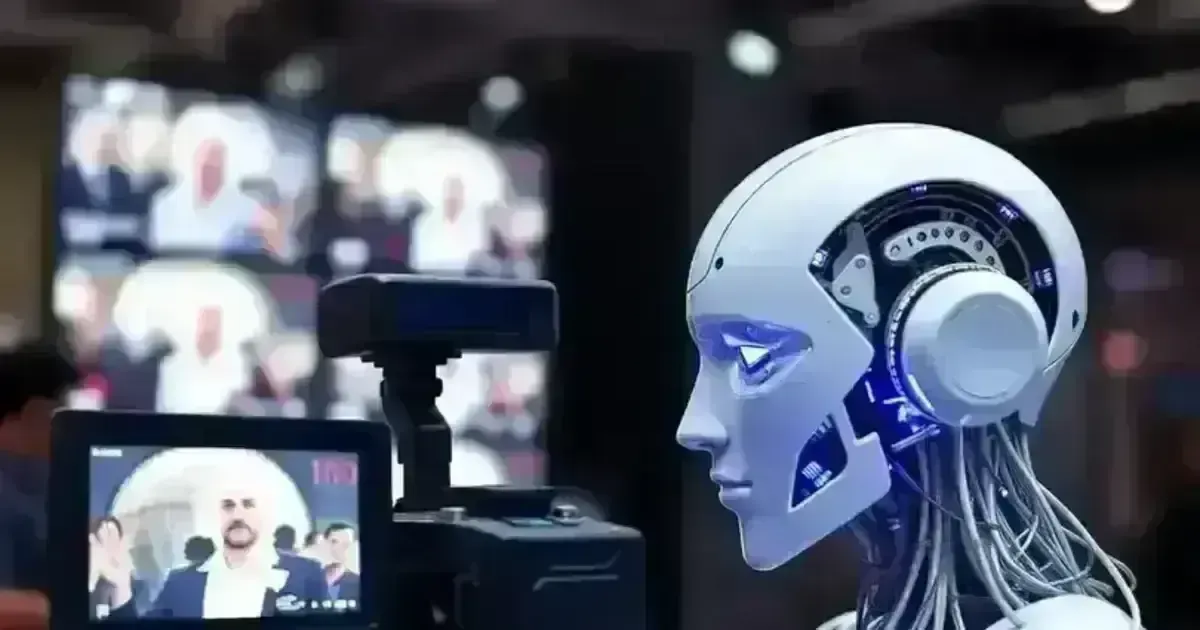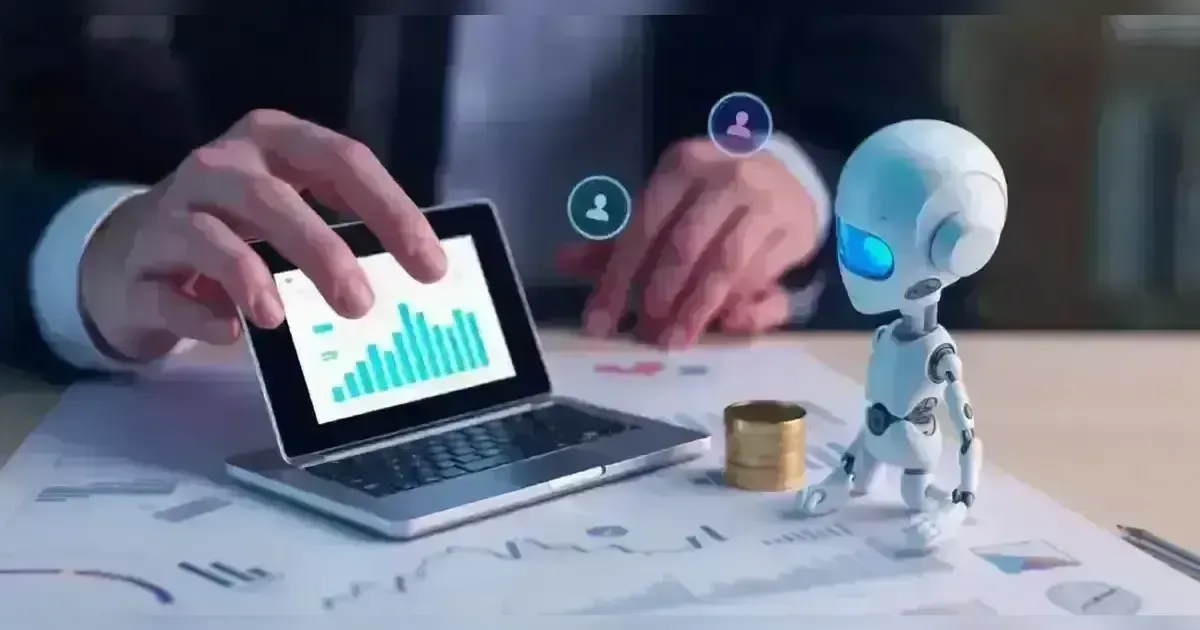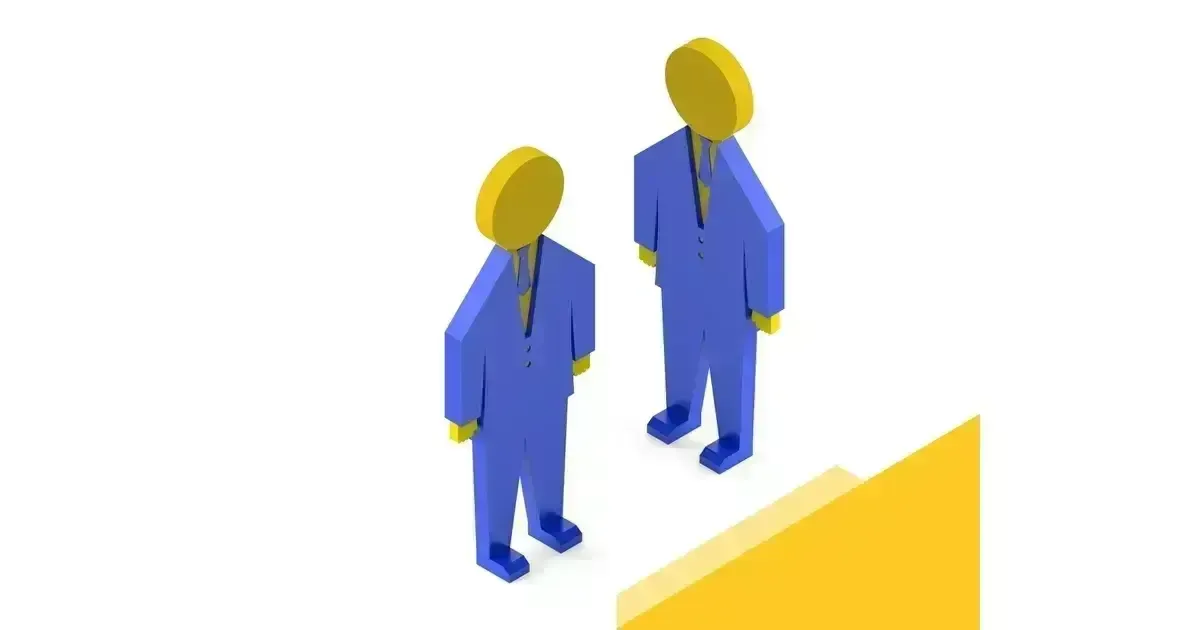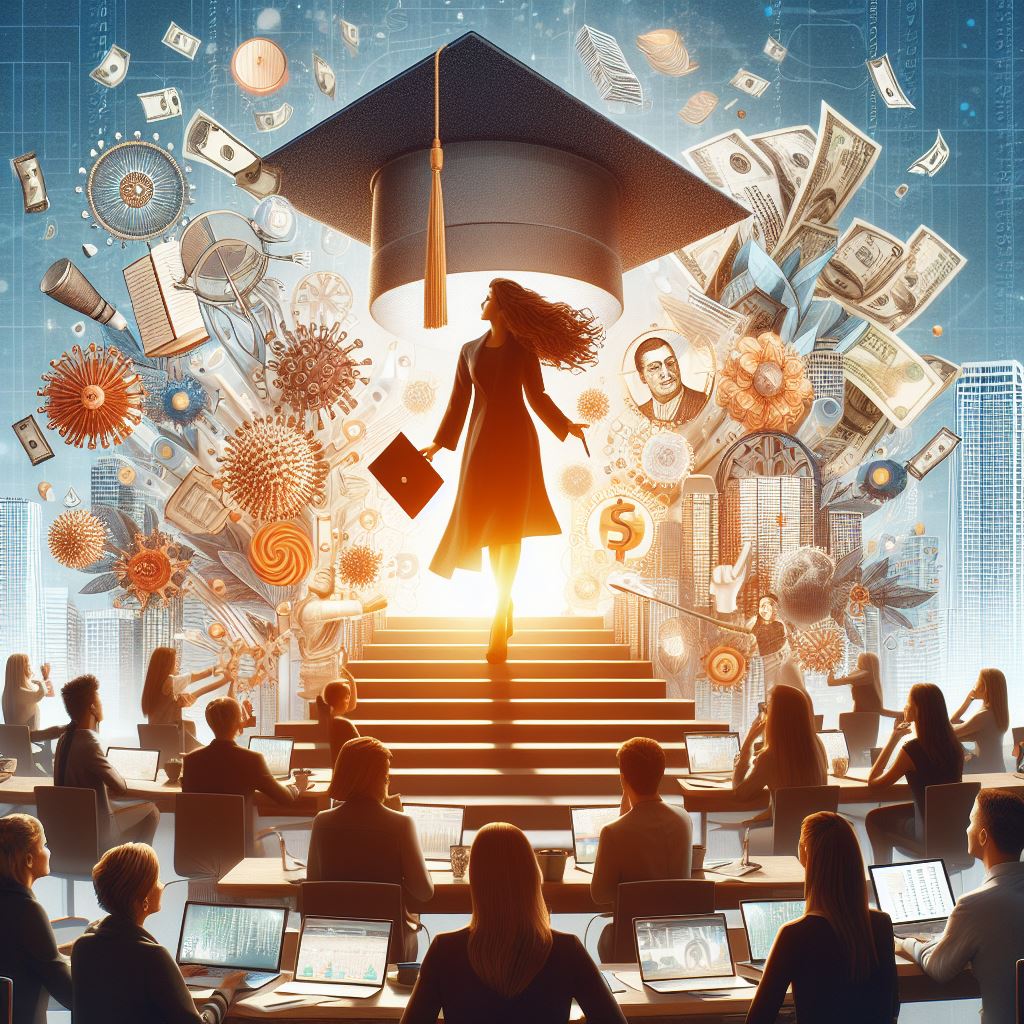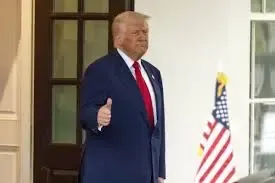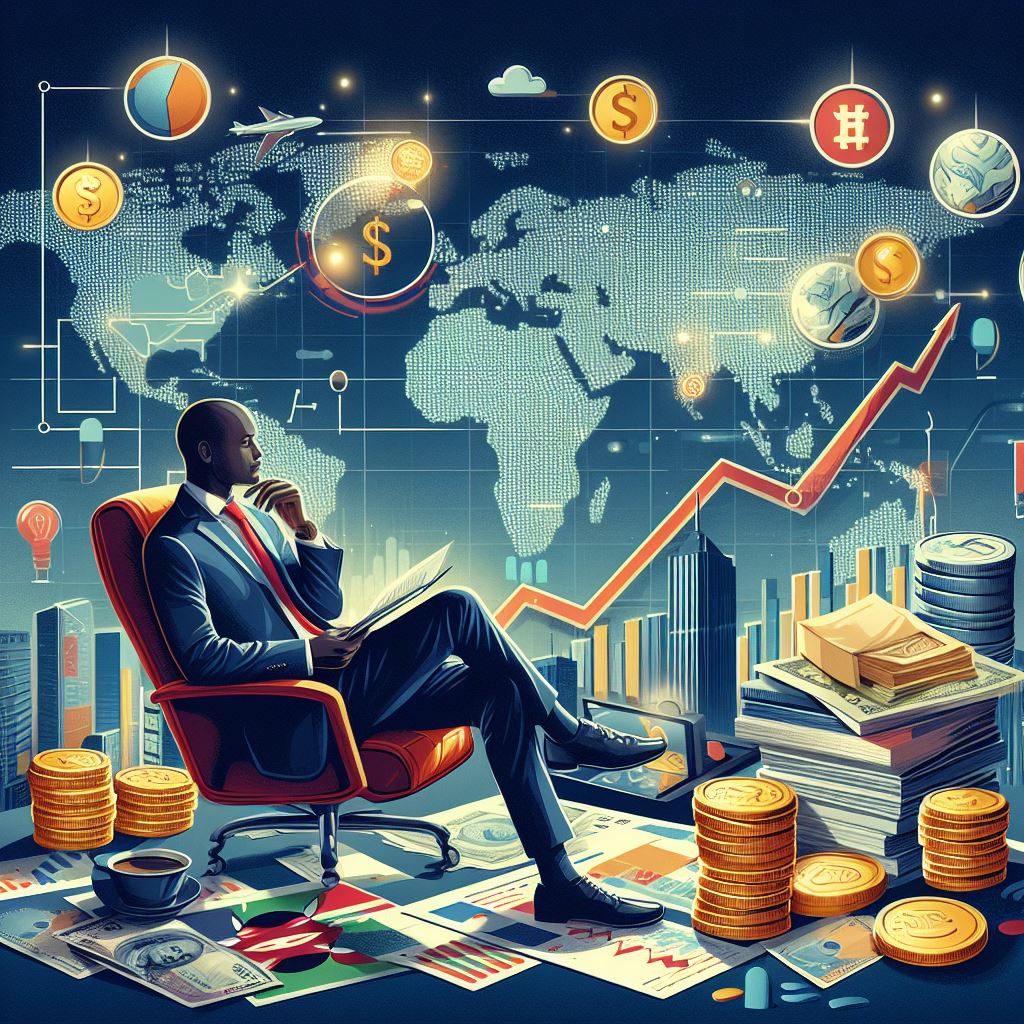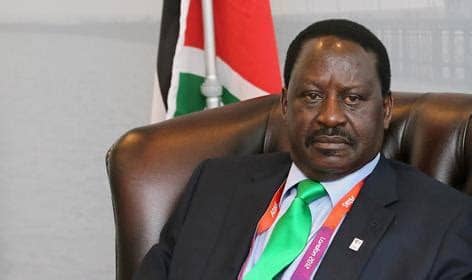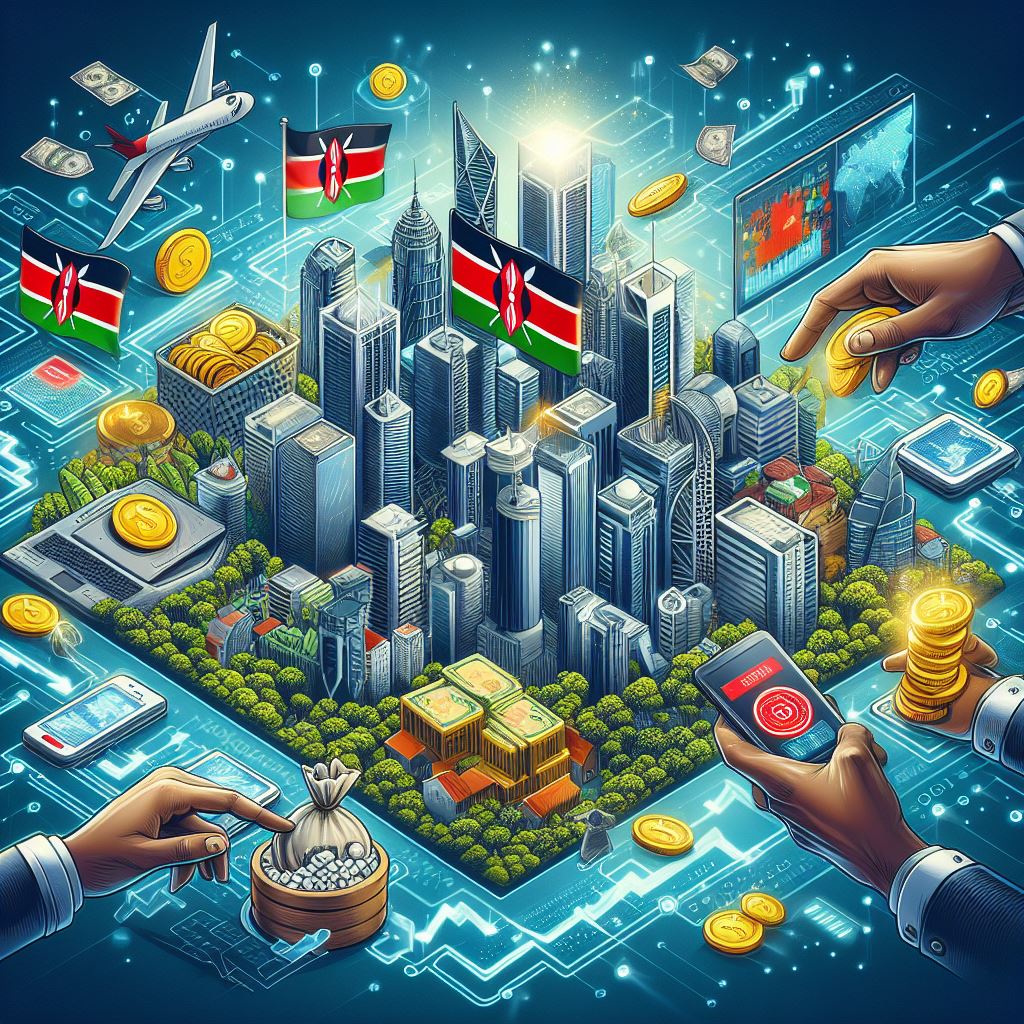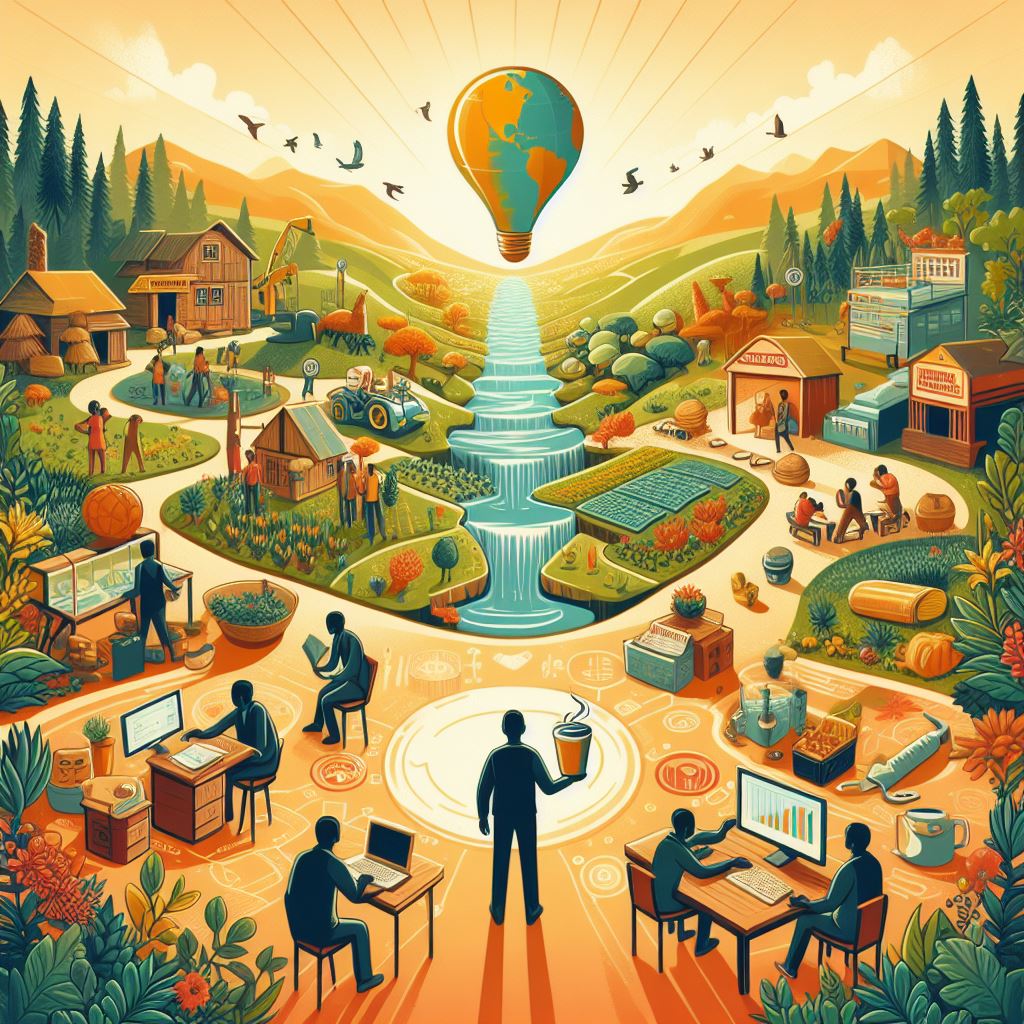Introduction.
The classic theories of economics have over time been anchored on one simple premise, that of the ability to grow endlessly. However, this approach fails to consider the environmental as well as social cost of continuous growth. As countries chase after the Gross Domestic Product, they exploit and burn resources with significant negative impacts on the environment and a decoupling of economics from welfare. It is this unrelenting focus on growth, which translates into consumption, that has significantly put a stretch on the sustainability of the earth’s carrying capacity.
In the present day, there is an increasing awareness of whether the kind of growth models that have previously been considered to be ideal really are ‘good’ or if they are in fact simply the worst sort for creating unequal society and degrading the environment. There has been recent discussion on developing a ‘post-growth economy’, sometimes referred to as ‘degrowth’, to initiate a more qualitative shift towards the GDP mantra of growth, toward models which are more sustainable for the Earth and people. This attempt is about changing the very concept of economics with names of sustainable development, resource constraints, with sustainability, and with balance at the core of the system.
1. Power Generation and Environmental Cost of Unchecked Growth.
The thrust of this paper is that the burden of economic growth on the environment is past the point where sustainability is feasible. The previous model, take, make, discard, has contributed to the emission of greenhouse gases, global warming, climate change, and extensive extinction of species. The world is deforested, water bodies are tainted, and natural resources are depleted in the bid to feed the growth oriented economies. With climate change completed in the form of tropical seasons, steady heat and increased risks of drought and storms, the vulnerability of ecosystems clears the need for an economic system that does not rape the environment for economic gain but one that ensures sustainable development.
Thus, the people are challenged to have an economy capable of not only recognizing the biophysical constraints but also of avoiding practices that cause harm. Circular economy principles of eliminating the concept of waste, maximizing the utilization of resources, and the rebuilding of naturally occurring systems are compulsory in order to start thinking about the impact we have made on the environment. It is possible, through such principles, to set up an economy that is restorative of the natural capital, which underpins the idea of providing capacity and opportunities for industries to grow and develop environmentally.
2. Rethinking Wealth: Social Well-being Over GDP.
Such things as the Gross Domestic Product (GDP) provide an extremely limited view of wellbeing as it is solely based on production. This focus on production and consumption as the paths to follow for development may exclude essential factors of human welfare that include health, education, physical environment, and equity. As a result, economic growth as measured by an increase in GDP can be realized without corresponding progressive social, environmental, or even human improvement. These shortcomings of GDP have made different strata of society, including the economists and global policy makers, to look for more comprehensive measures of the real status of well-being in society.
This is well illustrated by the Soccial Progress Index, the Genuine Progress Indicator, or the Gross National Happiness Indicators, which offer the cues of well-being that encompass the social, environmental as well as the economic perspectives. In this way, relying on these indicators, policymakers can instigate efficient projects that will help people become healthier, better educated, and more equal than just growing the GDP. This shift in values allows for the kind of progression which prioritizes not the aggregate of acquisitions but the overall quality of living, as fundamental before the number of people who can be included in society and before the inherent stability.
3. Sustainable Resource Management: Toward a Circular Economy.
The traditional end-of-pipe model, which involves producing products, using them, and then disposing them, has been both expensive in terms of the environment and pocket. As a result, the concept of the circular economy was developed to become a sustainable practice that can replace traditional linear economy. The circular economy seeks to maximize the lifespan of products and reduce the amount of waste in the life cycle of the product and attempt to make systems closed where resources are recirculated and recycled reducing on the dependency on the extraction of raw materials. This way does not only help to save resources but reduce pollution as well combats carbon emissions, and helps create economic value by turning waste into useful products.
In many industries today it has been seen that circular economy principles are being progressively implemented with good results; electronics producers focus on recycling their products, fashion industries that source sustainable fabrics to design and incorporate those again into new products. It is through circular strategies that companies are able to achieve improved business models that support resource availability for business whilst at the same time minimising social impacts. This transformation from a throwaway culture to a circular economy is captured in this paper as an example of how sustainable resource management ensures the creation of sustainable and more resilient economy, in the wake of a world where resource efficiency, conservation and even the health of ecosystems are viewed as integral and exploitable components of the future economy.
4. The Role of Innovation and Technology in Sustainable Economics.
Since the concept of technological innovation contributes significantly to shaping and developing the dynamics for sustainable economic models, these innovations are developed to minimize the calamitous consequences on the environment. Sustainable energy technologies – especially those derived from solar and wind – are imperative in the ongoing transformative journey towards a low carbon economy. By the same token, AI and big data in areas such as resource management, demand forecasts on energy supply and requirements, and farm yields also need improvement to meet increased population growth. All such innovations refer to the new trends that imply the stimulation of economic growth together with cooperation with the environment.
In addition to the utilization of energy and resources, technology can form the basis for sustainable infrastructure and city planning, meaning cities that can withstand any climate risks. Cities and energy logistics, renewable energy, advanced systems for creating energy efficient networks and structures, and energy efficient transportation systems are revolutionizing cities for the better. Hence, if the existing and desired economies are directed to promote the culture of innovations that respond to ecological realities, then the society has a potential for nurturing infrastructures that are integral. This is a clear indication of how technology-driven change holds the greatest promise as a driving force to the green economy in which value is stored in resource management.
5. Economic Equity and Inclusion in a Sustainable Future.
Economic growth has been seen to increase as inequality deepens, with all the gains realized, for the elites and different privileged groups/sectors, while the majority and other vulnerable groups of the society suffer from impacts of development on the environment and social structures. The transition toward sustainability has to follow an equitable path; otherwise, one part of society will burden the consequences that are essential for sustaining the economy. The new measures are designed to reduce the scale of economic inequality through equality in taxation and improving the quality of public services. Despite all that, working on the inequality issue does encourage social stability and subsequently means the population’s participation in sustainable measures, including methods of bolstering the economy.
Sustainable economy knows that social justice and environmental conservation go hand in hand. It is by providing societies with policies that ensure all groups attain equal opportunity in acquiring resources, knowledge as well as infrastructure amenities that infrastructure policies can lay down grounds for long-term societal buoyancy. As the ecological reserves increase in tandem with generation of assets/wealth, the economy in a sustainable way accrues benefits to those in those societies in all the world and in the process has everyone as its stakeholder. This general approach of sustainability appreciates a future where humanity and the earth can exist as a single entity unrecognized by the detriment of future generations.
Conclusion.
This means underpinning a way of life that transcends t nventional growth-orientation ideas on the global economy, therefore ovoking the way h osperity is defined and attained. This article raises the question onofow achieving stainable economic development for both individuals and the environment. IObringing out a sense of change from the conception of growth for the attitudes to a model that embraces health, sustainability, and harmony with the environment. In that way laying a foundation of sustainability combined with a new paradigm for prosperity, we can outline the true form of a sustainable economic success capable of overcoming the challenges of the present day and preserving the natural environment.
The way to a more sustaining future requires society to t build stand to question growth and conform and design policies that are more conducive to the earth and its people. Thus I optimistic for the future that if the so-called developed countries choose and start to implement the post-growth ideals and practices that would value the environment and distribute the resources more equitably, with the existing diverse shades of green, this world will surely be much more prosperous than as it is generally perceived. At its core, sustainable prosperity is about developing a system in which growth is a means and not an end to an economy that broadly supports balance and stability in the world’s society and nature.



